By Ted Barnes, 17 March 2024
It was recently noted in the media that the CAF is in a death spiral. While I don’t share that exact sediment there is neglect by the government that we need to collectively solve quickly. It’s really telling when the public even agrees that the CAF needs to be funded more. I won’t comment too much on other elements as I could fill pages of issues, but the RCN is quickly shrinking to a point where it is currently impossible to crew new platforms completely and grow our ranks.
Recruitment, retention, aging platforms and infrastructure and a whole duffle bag of other issues not to mention ongoing cutbacks by the government has led us to this point where the RCN is struggling to be relevant despite a war by proxy in the Ukraine that could very well turn global at any time. Promises of 2% GDP spending and a promise to reduce operations to reconstitute the CAF went unfulfilled and our allies are wondering what we are waiting for. Perhaps it’s time to rethink how we do business and structure the CAF around things we can do and be useful until we can rebuild our fleet and fleet support.
First up buy five AOR’s such as the Tide Class. They can be built relatively cheaply and quickly offshore and staffed by federal government workers with a small contingent of RCN personnel onboard. At least three or more can support, on a continuous basis, our allies logistically and would go a long way to paying back our allies for years of, frankly, freeloading. The others in conjunction with our two JSS would support future CSC task groups and NATO operations. In a few years when the JSS become operational, crew them with civilian personnel under the existing fleet auxiliary and a small naval contingent. If we don’t do this, then sailors will have to come from somewhere and place unacceptable pressure on those we have left. Get rid of Asterix as it’s too expensive to keep unless the government wants to purchase it. Sever our relationship with Federal Fleet and operate it as a humanitarian assistance/disaster relief (HADR) ship and not associated with the RCN. As it stands, we simply don’t have the personnel to crew support units without reallocating personnel from other areas that may be vital.
Tie up four Kingston Class and place into extended readiness. Currently we have several Kingston Class on the West Coast that don’t have enough crew. Reallocate these personnel to AOPS and that will take up the shortfall from the Kingston Class tasks temporarily. Fund the Naval Reserve to crew the tied-up Kingston Class and get those sailors back to sea and use these units for training an expanded naval experience program.
Tie up the four worst Halifax Class into extended readiness and reallocate personnel and resources to revamped schools and recruiting. Create an allowance for personnel posted to recruiting and the schools, which is always an issue to get personnel to go.
Invest money into new schools, training aids and start recruiting directly by the RCN for the RCN. Increase benefits that include guaranteed accommodations after a posting regardless of relationship status and dependents, low mortgage rate loans and guaranteed access to a family doctor for dependents. Look into the ability to allow regular force personnel to take their pension after 25 years and continue to work as a regular force member.
Invest money into new facilities in Halifax and Esquimalt and get rid of the asbestos, mold-filled ‘historical’ buildings. Recondition the jetties in Halifax and Esquimalt including the cranes and invest in dry docking facilities that can take future fleet platforms. Increase the size of magazine facilities to be able to store and maintain the expected increase in missiles and ammunition for future fleet.
Kingston Class replacement will have to wait at least until they can be properly funded along with the Victoria Class replacement. CSC as originally intended with the focus of recruiting and training personnel to crew them.
Invest in government-owned facilities that can produce NATO-standard small arms ammunition, 155mm, 57mm, 25mm, 30mm, 5” to create stockpiles for Canada and be able to scale up quickly to supply our allies in time of crisis. The fact that we can only produce the training variant of the 155mm in quantities of 5000 rounds per month is on the verge of being criminal when in the Ukraine, forces are using 10000 shells a day.
These are just some RCN solutions but would also apply to the CAF overall. More than anything, additional funding would be required and a possible temporary drawback on operations for several years to reconstitute the RCN and come back stronger. Everything easily achievable with the right leadership and the loosening of purse strings.
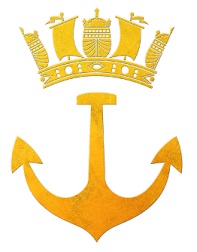
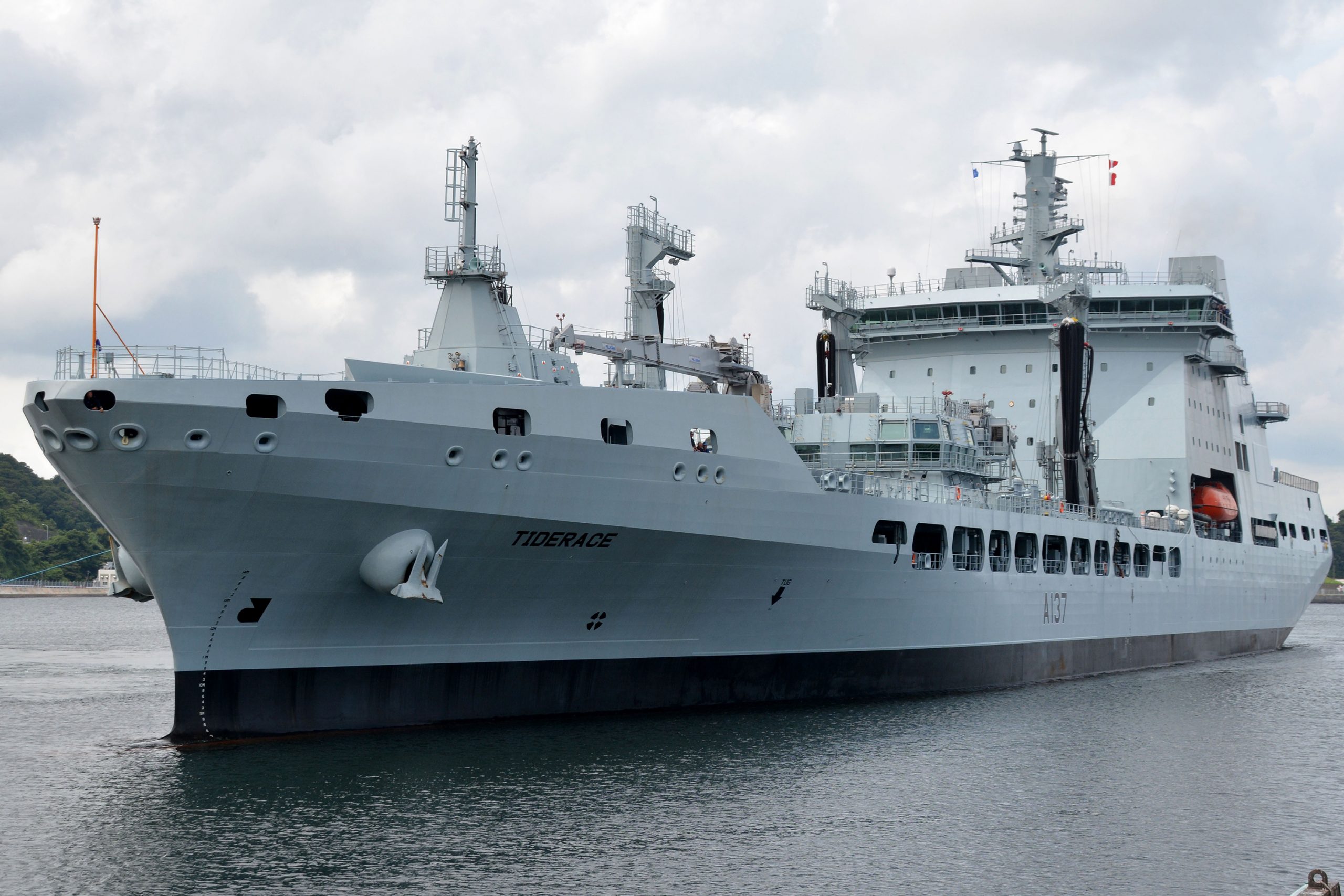
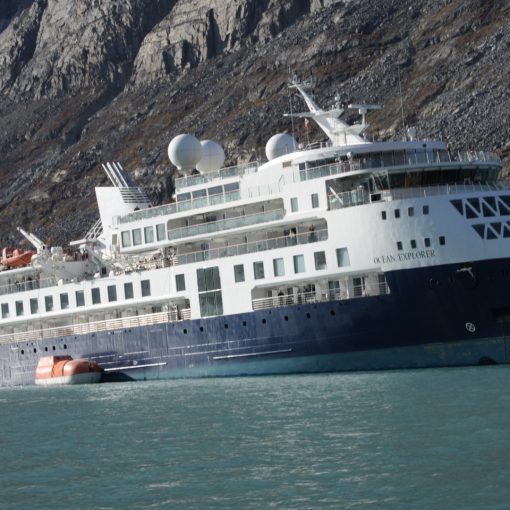
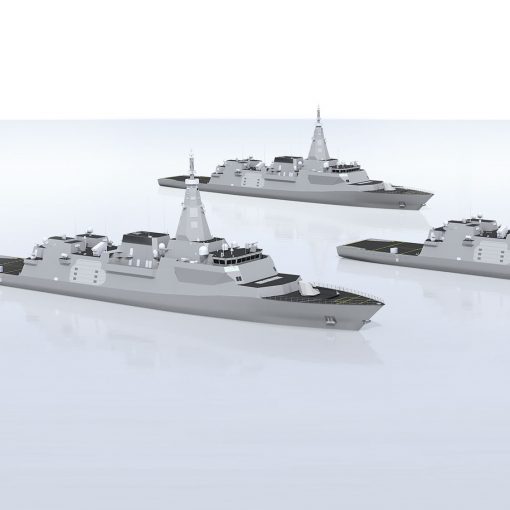
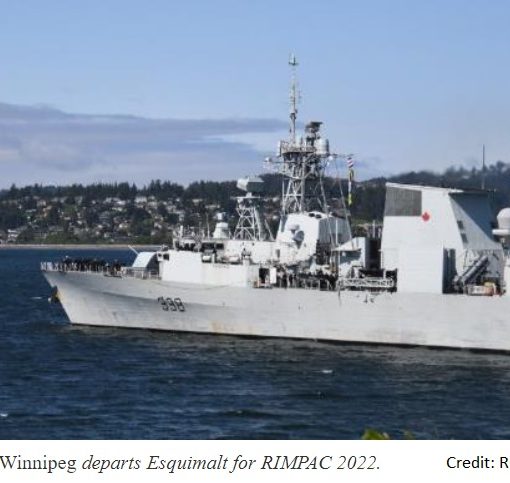
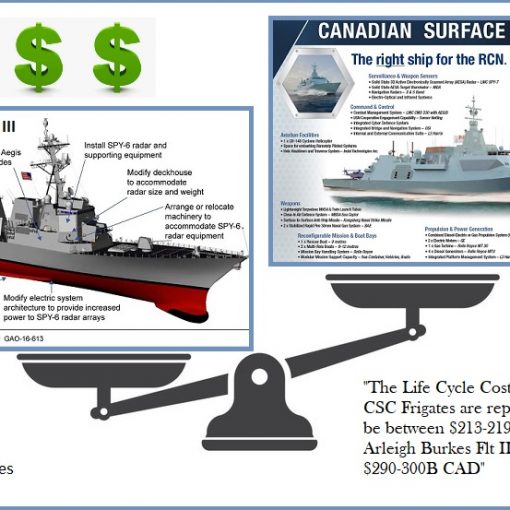
9 thoughts on “Solutions Needed Now”
Interesting ideas, Ted. It reminds one of the decision in 1942(?) to withdraw the RCN from the Atlantic to focus on training, so that it could re-enter the fight stronger than ever. Granted, this is an imperfect comparison. But it begs the question of whether we have reached the point where re-constitution must truly be prioritized over all else.
At the risk of sounding like a broken record, a new defence policy is called for. The world has changed, our resources are thin, and the government is frightened to the point of paralysis to do anything about it. I fear that we’ll have to wait at least 12 months AFTER the next election before fresh guidance, and the tough choices contained therein, comes to the fore. As things stand, none of the political parties perceive our military unreadiness to be a political liability. That is bad, very bad.
In the meantime, Comd RCN and the soon-to-be anointed CDS* should go about the task of mothballing ships that can’t be adequately crewed. If the government objects, provide the HR data that will convince even the most insouciant of ministers that we have no choice. Protect the training establishments and invest in modern infrastructure in Halifax and Esquimalt.
*Our first female one, no doubt, as the PM will not miss the opportunity to burnish his feminist credentials. But let General Carignan or Allen make it a point to read the government the riot act on readiness.
Ted and Bill,
We should note here that the media was reporting the views of the current Minister of National Defence, Bill Blair. And while the MND can be commended for acknowledging the problem (more people leaving the CAF than joining over the past 3 years) and in observing that “The first responsibility of any government is the national defence of its country…”, it is infuriating that this government seemingly tends to blame some extraneous – but never specified – dark forces, not its own indifference and other priorities, for this grim state of affairs.
The sub-text here is that this situation will get much worse before it gets better, and that this notwithstanding the continued breakdown of the international security order in multiple hot spots around the globe. The RCN will not be able to field a combat effective naval task group until the early to mid-2040s, and that will be possible only if a contract for the CSC is signed soon, follow-up batch contracts are signed promptly, and provided that no major problems are encountered in the production program. A big ask.
The window for a first batch approval for the CSC is rapidly closing as this government is now is in full ‘Hail Mary’ mode fighting for its very political survival. Like many before it, this administration knows that there are very few votes to be won or lost by making national defence an election issue, and there appears to be a marked disinclination of any of the major federal political parties to raise defence to a prominent place in this pre-election phase, where domestic politics reign supreme.
What we are witnessing in the past few weeks is a spate of government announcements for extra funding to upgrade the infrastructure at several military bases and facilities across the country. This type of bricks and mortar tactic (similar to the nearly omnipresent funding of roads and highways around election time) probably is deemed to be more visible and conducive to vote-buying than the rather concentrated and indirect regional economic impact that comes through the approval of a major shipbuilding program.
However, as was the case in 1962, defence matters can have an indirect impact on federal elections insofar as they help reinforce pre-existing public perceptions of the general competence of political leaders to govern. So, the public’s impression that Prime Minister Diefenbaker had vacillated and had let down a major ally during the Cuban missile crisis, did, in the analyses of many academics, help undermine his party’s run for re-election.
Even if the election produces a government of a different political stripe, given the huge dollar amounts involved in CSC, a new administration with many domestic economic promises to fulfil, may well follow the example set Allan McKinnon, who, as a new MND in 1980, immediately demanded a full review of the CF-18 fighter program approved by the previous government. Should this occur with the CSC, the program would not necessarily be cancelled, but rather more time would be lost in getting the construction underway. More schedule slippage, means more costs and so on.
Ted, I think your suggestions for tying up various naval ships and focussing on essential only training and exercises are well taken. The RCN is in survival mode and must act accordingly. I hope that we get a head of the navy who confronts the cabinet, as CDS Dextraze did in 1976, and asks: we cannot continue with the resources we have, so please decide what major commitments and operations we have to cancel in order to continue to operate.
Good morning Ted,
Interesting and valuable ideas worthy of further discussion and action.
Today, I will simply make the point that calling the M107 155mm HE artillery projectile a training round is an error. It is a perfectly fine HE round that filled our war stocks throughout the Cold War. It is less lethal than some modern rounds and shorter ranged than others, but it is far from being only a dummy training round, such as a practice torpedo.
Without access to the technical data I cannot be categorical but I suspect it could be fired further than its normal range if paired with longer range propelling charges and a howitzer that can handle the extra trunnion pull, higher charge pressures and the resultant barrel wear. Its problem is that it is getting left behind by more modern field artillery systems.
Better howitzers, launchers and ammunition are definitely required by the Royal Regiment of Canadian Artillery but we should be careful with terminology.
Ubique,
Les
Hey Les. The reason why I called them training rounds is that the majority of countries that have moved over to the larger M795 and other more capable variants. The M107 is used mostly in a training role as they are cheaper and easier to manufacture. Canada needs to get onboard and modernize to produce the new round.
Hi Ted,
Thank you for your public interest in the state of the Royal Regiment.
I agree entirely with you on the need to move to better artillery projectiles. I simply wanted to avoid people thinking that the M107 had no lethality and literally was only useful for training.
Ubique,
Les
Some good ideas. Three points to remember:
1. Tide Class were all built in South Korea. Will Canadian politicians have the nerve to do that?
2. The Berlin Class has ZERO troop carrying capacity and should not be confused from the JSS, a program Canada withdrew from 16 years ago.
3. Asterix would be useless in an HADR role with no RO/RO capability.
1. Well aware that the Tide Class is built offshore. All the government needs to do is frame it as a urgent requirement. If all the yards that could build these ships are at capacity, as all are, there shouldn’t be an issue.
2. We won’t be calling it a Berlin Class – it’s called the Protecteur Class. The majority of that ship is actually quite different from the parent design. The JSS is the original project that eventually selected the Berlin Class hull as the parent design, it’s been heavily modified. It still has helos, it still has significant capacity for cargo, medical facilities and the ability to move cargo ashore. It will have the capacity to carry a small number of troops if required.
3. Asterix has a significant HADR capability even with no RORO. The supply ship accommodates 150 crew members and up to 350 humanitarian assistance and disaster relief personnel. Its accommodation section has space for briefing, and conference rooms for command and control functions. The MV Asterix has space for eight small boats and two hangars, aircraft landing area that can accommodate two C-148 Cyclones transport helicopters, or a CH-147F Chinooks. For mission purposes the ship will have rooms for crew and medical facilities for humanitarian missions, along with humanitarian and disaster relief capabilities. There can be an area to treat and process evacuees and survivors; a large medical ward divided into two areas capable of treating up to 60. Asterix can operate up to eight smaller boats at the port and starboard sides, with quick launch and recovery capability to perform transportation and rescue missions at sea. Asterix also has two hangars planned for two embarked CH-148 Cyclones, but big enough to hold CH-147F Chinooks, as well as a landing deck at the stern capable of handling the largest helicopters. The tween-deck carries two landing craft, vehicle and personnel craft for humanitarian missions, as well as for transportation of personnel, vehicles, and stores. The ship will be crewed by 36 civilian personnel and up to 114 military personnel, with a 67-person detachment specifically aboard for replenishment duties.
The bow section has a protected containerized storage area for storing 38 containers, including 20 refrigerated. The containers can be loaded or unloaded using two 30t cargo cranes.
Hello,
“Invest in government-owned facilities…” would be a starting point across the board.
National defense has no business being a private sector business.
Regards
I am going to come at this post and address the items as listed one by one, it sounds simple sitting behind a desk but unfortunately it is far from it in practice having done a lot of what has been posted over in the UK for the Royal Navy / Royal Fleet Auxiliary, I can tell you from experience it simply doesn’t work as posted.
First point: Regarding the tide class, I did the initial ship storing for sea trials and home coming (Tide spring) from South Korea, these vessels are great but have one weakness in that they are not dedicated multi role auxiliaries.
The tides are pretty much pure oilers with limited (and i do mean limited) solid store capability, what Canada would benefit from is a mixed oiler and solid stores vessel similar to the Fort Victoria.
The tides are also large Oilers at 39,000ton dead weight so rather oversize for the RCN, so I would argue these vessels are well beyond what Canada needs.
While the JSS is a farce in terms of cost what you have there is a reasonable sized multi role capable ship and ideal for Canada needs, given the fact the RCN plans to have 15 major platforms by the time the CSC is finished two vessels is enough to handle the fleet requirements ideally a third to float between the fleets but you certainly wont need five and certainly not five tides.
The tides cost £155m per ship just for the hull build we paid a lot more to fit them out which also added to the cost, we also fell out with DSME to the point they wont bid for any other UK contract, we found a lot of problems that have only now been rectified 8 years since the first went into operation and again the defect rectification cost a lot of money.
It is a good idea to separate the auxiliaries from the RCN and have civilian workers on them like the US MSC and RN RFA do, this would boost the pool and you can also pull from persons already in civilian maritime service at commercial companies (Like the RFA do) without them having to do military service. Why does the RCN count auxiliaries simply put its hull counting exercise to make them look like they have more combat ships than they do.
Astrix and the federal fleet services has been a licence to print money and the buyout would probably get you another 2 JSS ships for the cost of Astrix, don’t forget Astrix is unable to go into war zones and having been on Astrix she is simply a band aid for the time being she is not brilliantly suited to the role.
Second point: Simply drafting personnel from one ship type to another requires training and work up this can take months, and depending on service branch may require college time to sit courses (mainly engineers, systems ops and weapons) the RN found this out the hard way on HMS Duncan during a Thursday war (FOST Fleet Operational Sea Training) when they drafted a ships company made up of personnel from type 23 a mine hunter and survey ship, to put it mildly even after 2 weeks of intense working up it in home waters it was a total shambles.
They failed FOST 3 times because the crew had no clue how to run the platform, nor the systems on the platform, this delayed their departure onto operations until the crew was sufficiently worked up.
Third Point: Simply tieing up some ships and putting them into extended readiness is not as easy as it sounds these ships will still require a small crew to systems check and run systems as well as do periodic maintenance so they don’t sink at the pier and these have to be people that know the platform what happens if you don’t do this? ask the Russian navy what happened in the 1990’s.
Bringing a ship out of this reserve status especially a higher end combat ship its always as easy as it appears, depending on how you kept her in layup will depend how quickly reactivation takes, to give you some idea the UK during the 1982 Falklands war tried to reactivate several ships they had laid up, even with yards working 24/7 some ships were not even ready to sail by the time the war was over (74 days).
We currently have two wave class in extended readiness to put it mildly to bring them back we need at least 70-90 days, if this was a major peer to peer conflict that’s too long.
Therefore laying up your already finite fleet is suggesting a real time cut in numbers so my question is; now you cut the numbers what operations / exercises / patrol areas are you going to cut to reflect the reduction?
You have 12 frigates you cut 4 that leaves you with 8 and that means 4 in each fleet if spread evenly, that then means you have 1 on each side of the country on operations at any one time with another ready on standby / training / low maintenance / transiting another laid up in maintenance and another working up from maintenance (1 in 4 rule).
Fourth point: I agree invest in schools, accommodation, infrastructure but do not take it from the defense budget! otherwise your looking at more asset cuts to fund it.
Access to a doctor may be your other stumbling block considering there is a national shortage and its not limited to Canada, and don’t forget Doctors and nurses are paid more to the south that’s where most end up as they can earn a lot more (Wifes a RN).
However all this plus drawing a pension after 25 years is simply not going to work from the defense budget, your going to end up with a lot of houses and no platforms.
As for drawing a pension after 25 years service so if you joined at 16 you would be 41 and drawing a pension for life that’s unsustainable in the long term and you would end up with a gut in the work force because some people will simply retire and live off it for the rest of their lives meaning net fiscal losses.
A better idea would be after 25 years each year is a top up tax free bonus that you can add to your pension or you can stop paying the pension and just take the money that would have been deducted and draw it at pension age.
Fifth point: Kingston class are approaching end of life, the longer you keep a platform in service beyond its lifespan the more it drains funds the less reliable it becomes and more over the more risk you have, were about to find this out the hard way with the Halifax’s by the way, $20 bet right now says in the next 10 years were going to hear of a lot more problems with the Halifax’s, things like fires, hull cracking, system failures ect.
These are cheap ships to replace but I would say invest and replace them with a multi role ship that can do the coastal defense role plus mine warfare or something akin to that, these are presence vessels not heavily armed therefore should be fast and cheap.
Sixth point: Submarines, it really boils my blood when people say extend them and extend them, these platforms were designed in the 1970’s built in the 1980’s / 90’s laid up from mid 90’s to 00’s then put into service they are technically now beyond their life span.
My question is this would you be happy going to sea in a submarine that is already 40 years old and with a life extension so by the time replacement comes its knocking on the door of 60 years old?
Submarines are the major platform what they offer to a nation no surface ship can ever hope to deliver if anything the submarine replacement should have been started a decade ago but here we are. I have been to sea on HMCS Windsor and having came off HMS Triumph (the nuke twin) just weeks before it was underwhelming to say the least these boats need replacing and need replacing now not in 20 years time.
You pay now or you pay later with interest, it is only a matter of time if you keep extending the life span of the boat that your going to end up with a major accident or loss, The Americans know this as do the Russians and Chinese they learnt the hard way so why do we have to?
Last point: Ramping up munitions is a solid idea but that should be a separate budget within the defense budget especially if its going for Ukrainian aid (ie put it into the foreign aid budget) can the ramp up be accomplished yes it can.